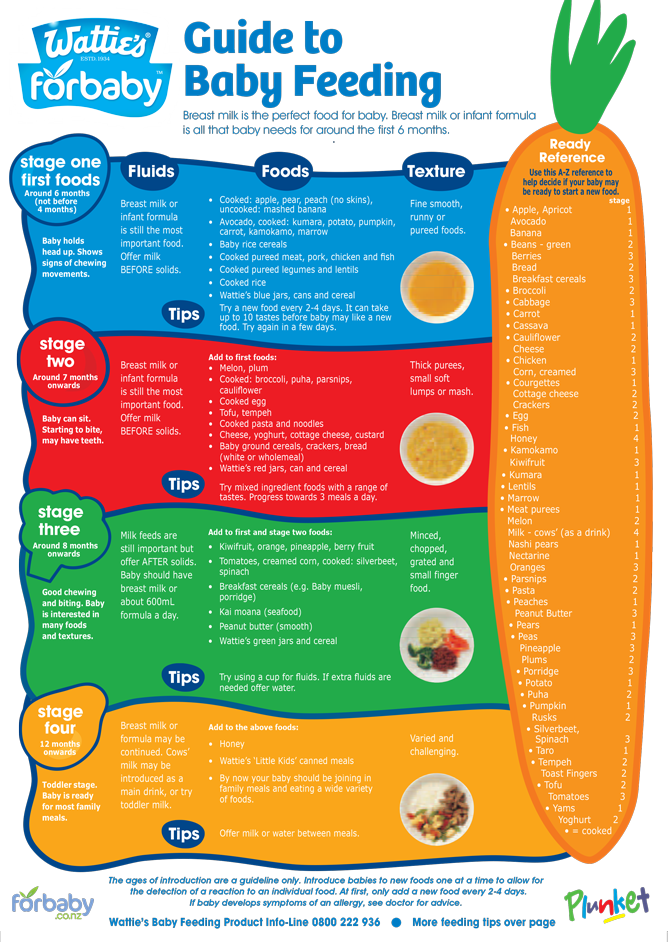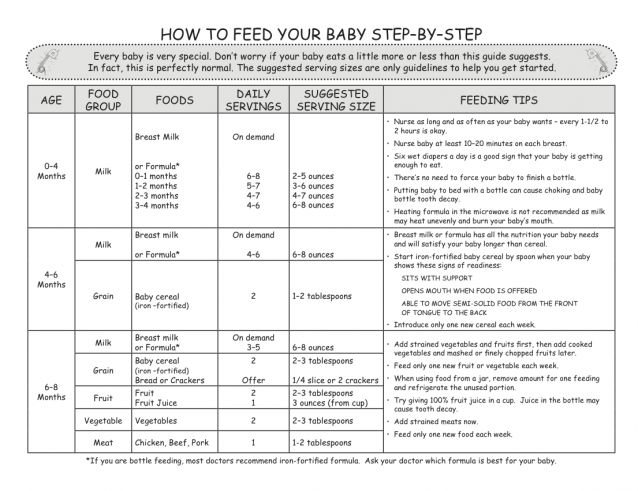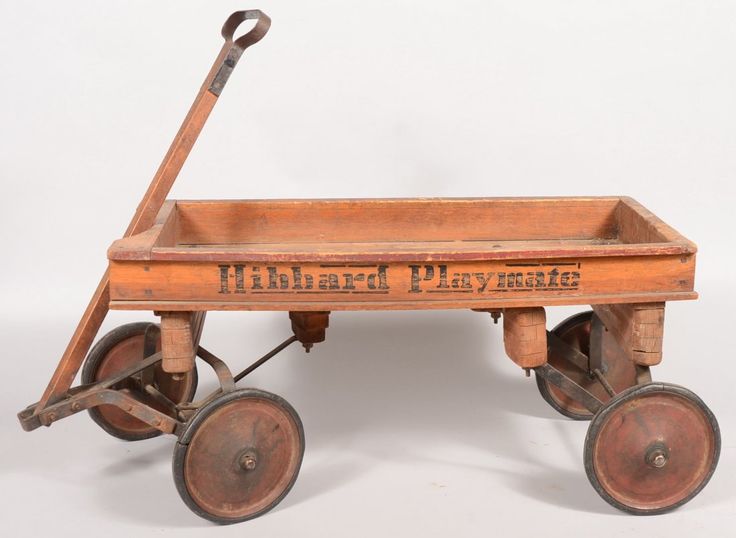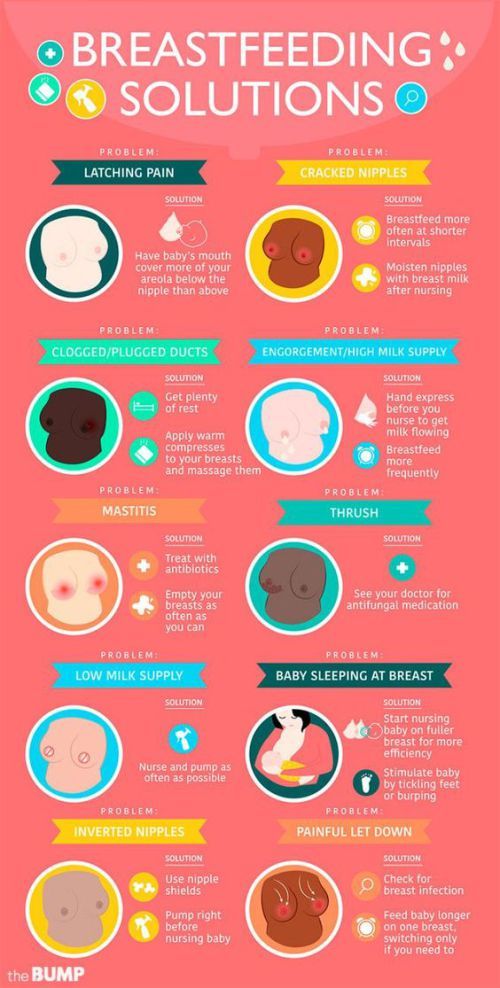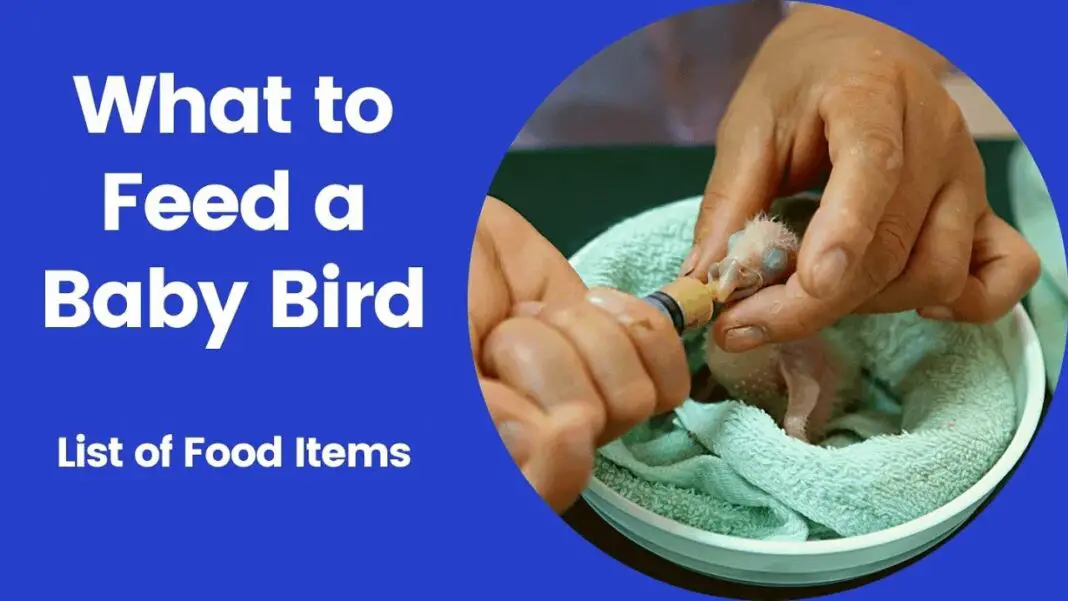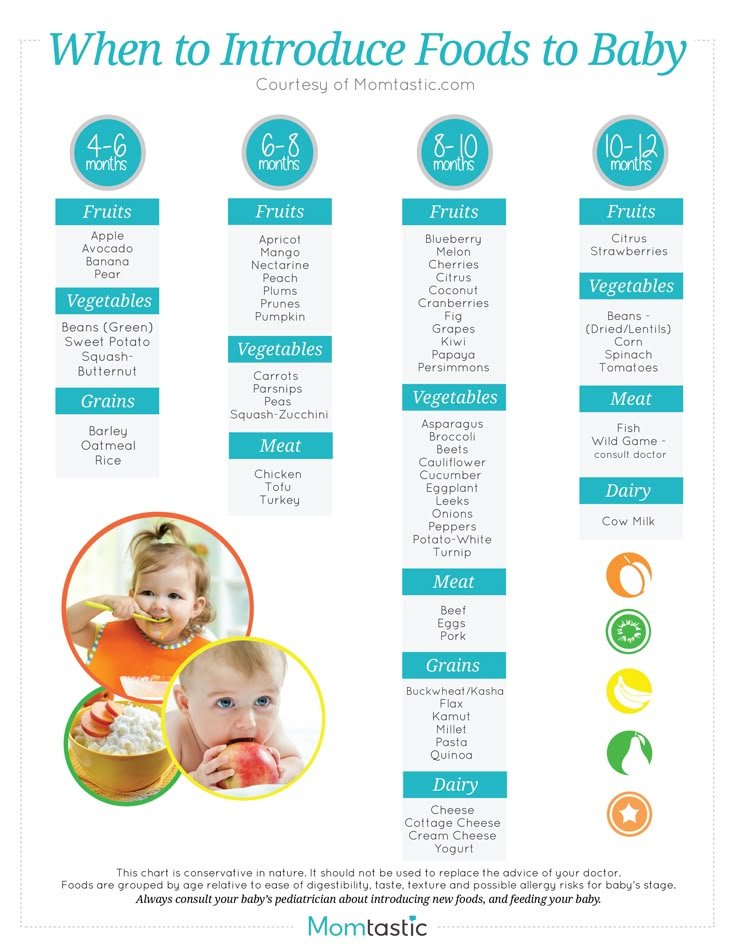Do you have to puree baby food
what you need to know
After feeding just with milk, a new exciting world is waiting for you and your baby: solid food. For the healthy development of your child it should be fresh and rich in vitamins. But what should you give your baby next and how do you actually make the first baby food puree?
With the help of NUK and experts at The Research Institute of Child Nutrition, your homemade meals for your baby will be a success right from the start.
“When and how do I start with solids?”
Precisely when you begin with the first puree and eating together as a family is up to you. All children develop at their own speed and have their own needs. In the first 4 to 6 months of life, your child is solely satisfied with breast or formula milk; however, after that pureed food or ‘solids’ enriches their nutrition.
In line with the development and interest of your child, solids should be introduced at the start of the fifth month at the earliest and no later than the beginning of the seventh month. First, your child has to get used to spoon-feeding and vegetables. Carrot puree has stood the test of time here. As soon as your child has learnt to eat from a spoon, you can introduce other types of vegetables. Among those that are nutritious and most often easy to digest are cauliflower, broccoli and zucchini. Usually the first few meals with puree will not satisfy your baby’s hunger, with only a few spoonsful being eaten – but be patient! Just follow up with a breast or bottle feed.
“Is it worth doing the cooking?”
Yes! For homemade is not only rich in vitamins and nutrients, it also tastes much better to children than out of a glass jar – and their mother knows exactly what’s in it.
“What should I keep in mind when preparing the first puree?”
Babies under seven months should be given finely pureed food only. Older babies, who are already familiar with eating from a spoon and the consistency of puree, can eat pureed food of a thicker consistency. The ingredients should still be so soft after cooking that they can be easily squashed with a fork.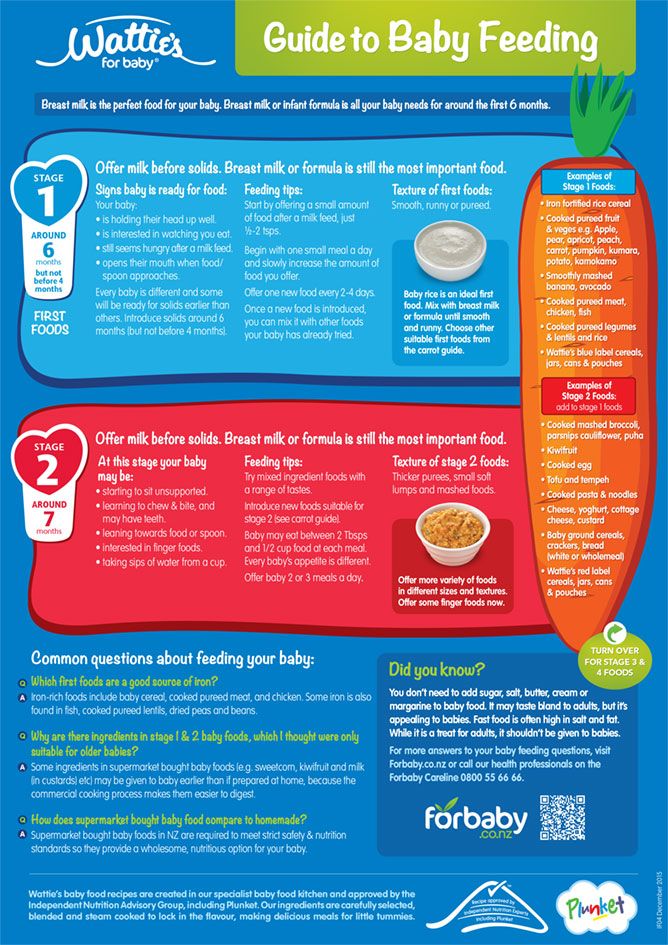 The NUK Food Masher & Bowl can quickly prepare mashed food in seconds. As a guide, add more water for a thinner consistency and less for a thinker consistency.
The NUK Food Masher & Bowl can quickly prepare mashed food in seconds. As a guide, add more water for a thinner consistency and less for a thinker consistency.
“What comes after the first vegetable puree?”
After getting your child used to a single vegetable puree, vegetables mixed with potatoes and oil is a good transition before going on to vegetable, potato and meat puree. Vegetable, Potato and Meat Puree is the first full pureed meal that replaces a milk feed.
This recipe has 4 to 5 ingredients in it: vegetables, potatoes, meat, oil and fruit juice. A little water can also be added to the puree.
After two months, two new purees can be introduced, each of which replaces a milk feed. Normally the Milk and Cereal Puree comes first and then the Cereal and Fruit Puree comes onto the menu. But the other way round is fine too.
Notes; The fat content in the milk is important because the fat requirement in the first year of life is particularly high. Oat flakes contain a great amount of iron, but millet flakes, wholemeal semolina and other types of cereals are also suitable.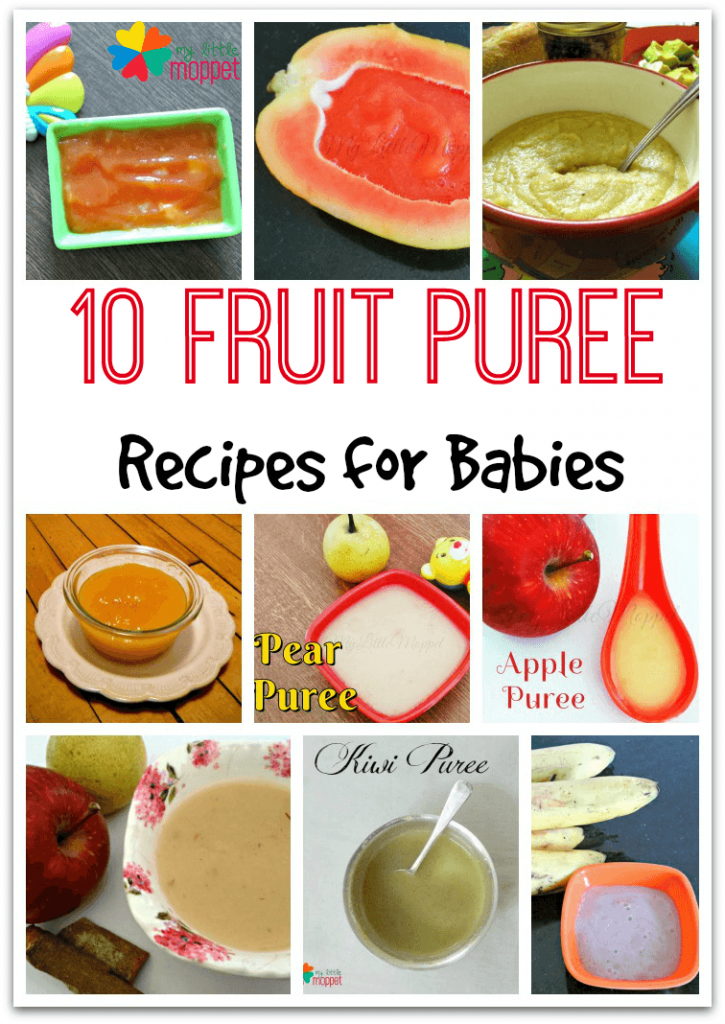 Choose fresh fruit that is in season (raw or stewed). A variety of tastes here can lead to your child accepting new foods more easily later on.
Choose fresh fruit that is in season (raw or stewed). A variety of tastes here can lead to your child accepting new foods more easily later on.
“How should I store puree?”
Freshly-made purees should be eaten as soon as possible after preparation however can be kept in the refrigerator for up to 24 hours. Or simply cook a larger amount of puree and freeze part of it. It will keep for a few months at -18 °C. Once a portion of puree has been warmed up, it should not be reheated again. Leftovers should be thrown out just to be on the safe side.
Storage containers in the right size make food preparation easier: for example the NUK Fresh Foods Freezer Tray can store up to nine 60ml portions of puree and can be easily removed individually from the silicone tray. If you think in terms of baby meals, each compartment holds about a whole meal for a baby starting out on solids. Or for slightly larger portions use the 6 stackable food pots.
Pureed food 'isn't natural for babies' | Health
Feeding babies on pureed food is unnatural and unnecessary, according to one of Unicef's leading child care experts, who says they should be fed exclusively with breast milk and formula milk for the first six months, then weaned immediately on to solids.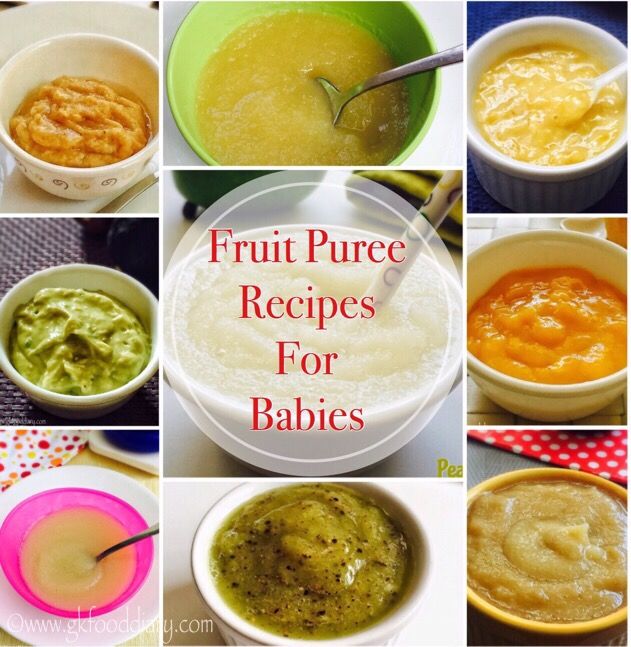
Gill Rapley, deputy director of Unicef's Baby Friendly Initiative and a health visitor for 25 years, said spoon-feeding pureed food to children can cause health problems later in life
She blames the multimillion-pound baby food industry for persuading parents that they need to give their babies pureed food. 'Sound scientific research and government advice now agree there is no longer any window of a baby's development in which they need something more than milk and less than solids,' Rapley said.
The industry in Britain is worth more than £450m, compared with £191m in 1989. More than four out of five of Britain's one million babies aged between four and 20 months eat and drink baby food worth more than £120m a year.
Until recently, the words 'baby food' conjured up nothing more exciting than a bit of stewed apple and a rusk. Now, supermarket shelves groan with jars of organic, fresh ingredients, with some ranges even seeking to tempt the discerning baby with 'superfood' options and local ingredients.
Makers of baby food say they are taking Rapley's study seriously. 'This is very new research and we need to look at it very carefully,' said Roger Clarke, director-general of the Infant and Dietetic Foods Associations, a group representing such manufacturers as Heinz, Nestle, Boots and Nutricia.
'UK infant food companies support a flexible approach to feeding infants, but the age at which solids are introduced depends on the nutritional and developmental needs of individual infants and a "one size fits all" policy is not appropriate,' he added. 'Generations of mums and dads have relied on the simple convenience of these special recipes as part of their baby's diet to provide safe, sound nutrition with a wide variety of tastes and textures - from purees that are easy to suck straight from a spoon to soft lumps that encourage chewing.'
But Rapley, who has produced a DVD explaining how to follow a new feeding programme called Baby-Led Weaning, points to an increasing number of scientific projects and government guidance that she says support her programme.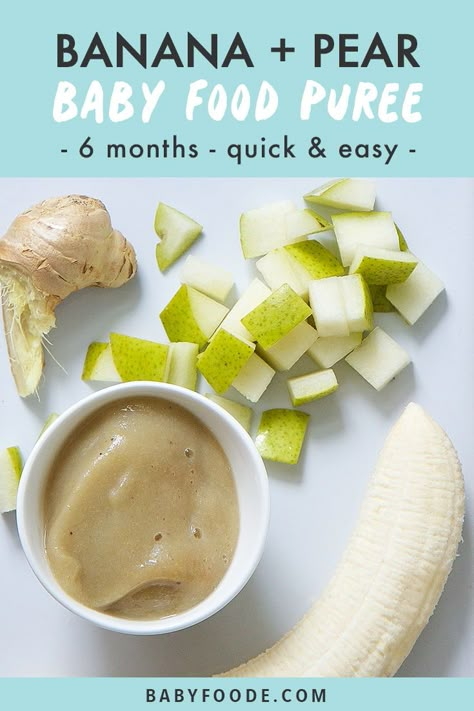 'In 2002, the World Health Organisation backed research that found breast or formula milk provided all the nutrition a baby needs up to the age of six months,' she said. 'That research said feeding a baby any other food during their first six months would dilute the nutritional value of the milk and might even be harmful to the baby's health.'
'In 2002, the World Health Organisation backed research that found breast or formula milk provided all the nutrition a baby needs up to the age of six months,' she said. 'That research said feeding a baby any other food during their first six months would dilute the nutritional value of the milk and might even be harmful to the baby's health.'
After six months, Rapley says, babies are capable of taking food to their mouths and chewing, making purees and spoon feeding unnecessary. 'The World Health Organisation was so impressed by the research that it rewrote its recommendations on baby feeding,' she said. 'A year later, the Department of Health for England and Wales followed suit.'
Offering babies pureed foods once they can chew is not only unnecessary, it could delay the development of chewing skills, Rapley believes. In addition, allowing a baby to take as much or as little food as it needs stops it becoming constipated.
Rapley believes that babies allowed to feed themselves tend to become less picky, develop better hand control more quickly and to avoid foods to which they are later found to be intolerant.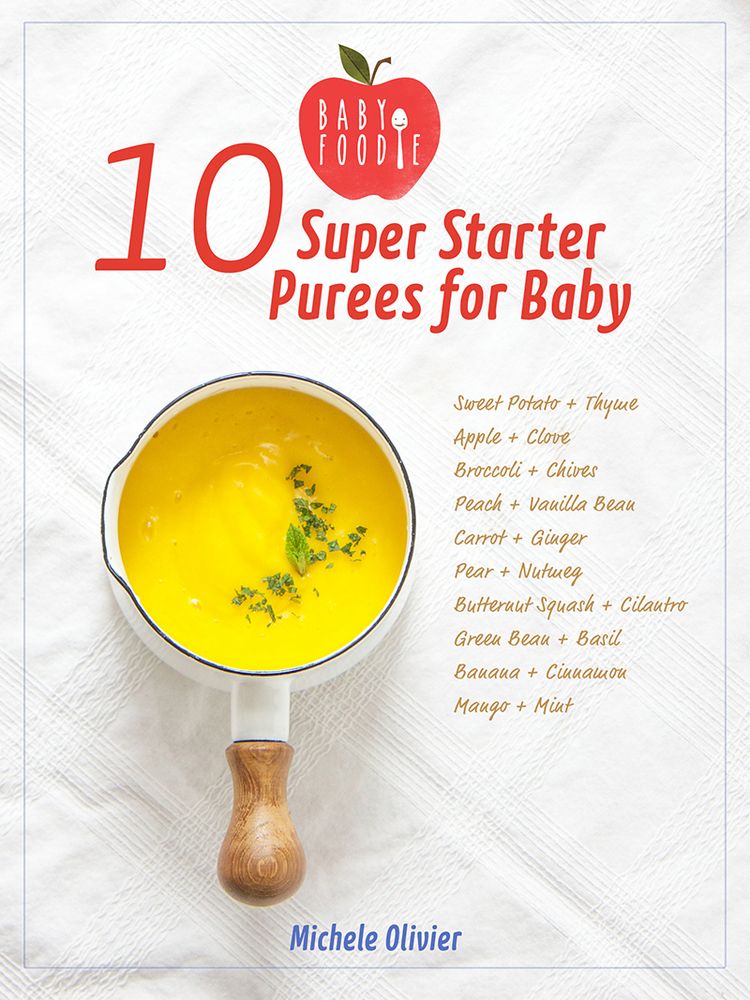 Rapley was inspired to investigate the widely accepted use of pureed foods during her quarter-century as a health visitor. 'I found so many parents were coming to me with the same problems - "my child is constipated, my child is really picky" - and they couldn't get them on to second-stage baby food. So I started to wonder what would happen if we never took the control away from them in the first place,' she said.
Rapley was inspired to investigate the widely accepted use of pureed foods during her quarter-century as a health visitor. 'I found so many parents were coming to me with the same problems - "my child is constipated, my child is really picky" - and they couldn't get them on to second-stage baby food. So I started to wonder what would happen if we never took the control away from them in the first place,' she said.
After years spent observing babies and conducting her own studies, Rapley developed her feeding programme, which teaches that babies over six months should be in charge of what goes into their mouths and when. 'Provided a child is sitting up straight and is supervised by an adult, he or she can feed themselves a variety of healthy finger foods with their hands,' she said.
· Join the debate on our new food blog, Word of Mouth.
About the first complementary foods - What Sonia eats — LiveJournal
Initially, I just wanted to share a life hack for freezing vegetables, which makes it very easy to prepare puree for complementary foods, which I am doing now, but word for word, it turned out to be a completely full-fledged post about my views on complementary foods in general.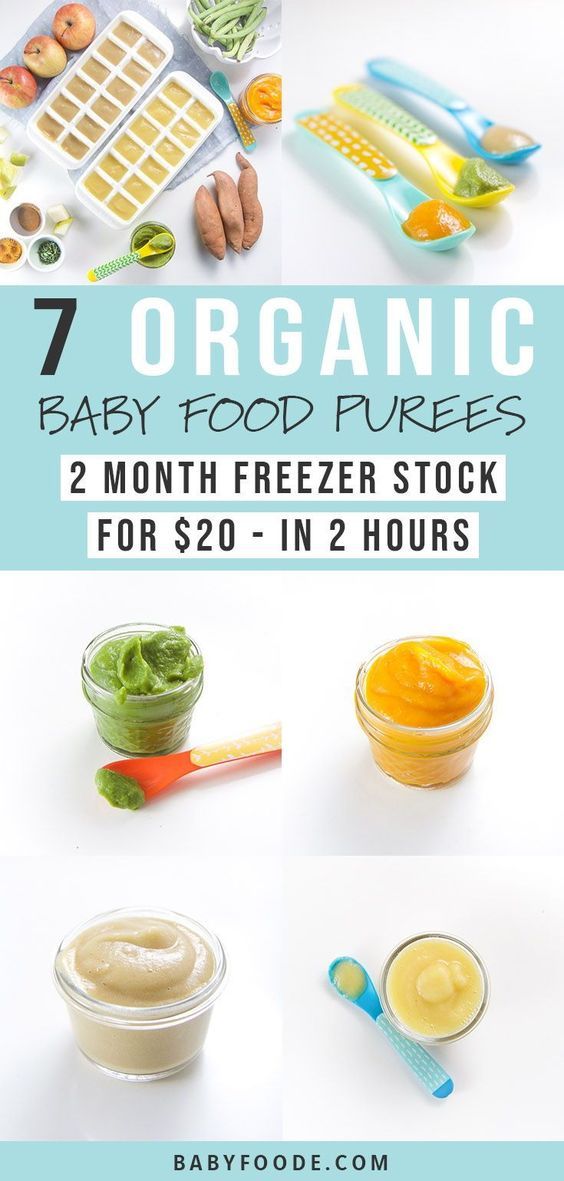
Some textbook rules. Complementary foods are usually introduced if :
- shows interest in food - the child perceives food exactly as food and wants to eat it;
- the child is 6 months old;
- a tooth erupted;
- able to eat from a spoon.
The purpose of the very first weaning food is not to feed the baby - to cram a certain amount of calories into him. And even vitamins / minerals are not critical at first - he gets all this from milk, which remains the staple diet of most children for up to a year.
The purpose of complementary foods is to introduce the baby to other foods , other tastes, aromas, textures. Moreover, it is important that these tastes be natural , do not clog the receptors with too sweet, salty, fatty (fat, like salt, is a flavor enhancer). Although there is an opinion that at first there are no salt receptors at all and salt only interferes with the work of the baby's kidneys. It is also important that the foods are varied and subsequently the child receives the full spectrum of nutrients he or she needs.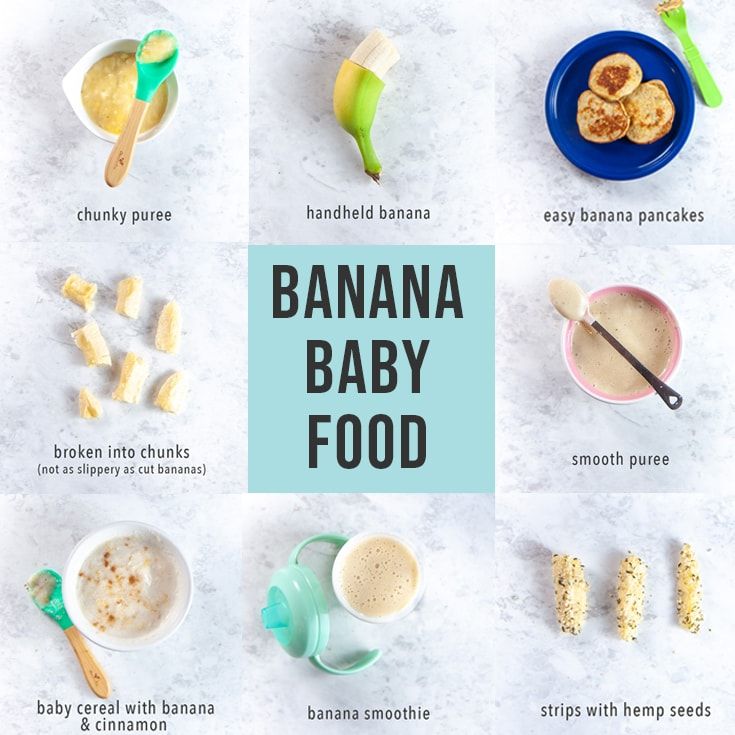
And, most importantly, the child should have only positive associations , forcible eating cannot be categorically. By the way, I rarely express myself so harshly, but in this case it is acceptable. Some children live on breast milk up to a year and a half, and there is nothing wrong with that if they have such needs (just need to check hemoglobin). Food is possible and necessary suggest . Different - perhaps your child does not like the consistency of mashed potatoes or any particular product. If a child refuses "baby" food, try giving him a piece of an apple in a nibbler or eating some crumbly porridge or pieces of vegetables and fruits next to him, he may well become interested and stretch himself. This is called "pedagogical complementary foods" - when they give food in microdoses from their own plate for an exclusively educational purpose and do not replace feeding, unlike "pediatric complementary foods" - the introduction of baby purees according to clear patterns, bringing to a full portion.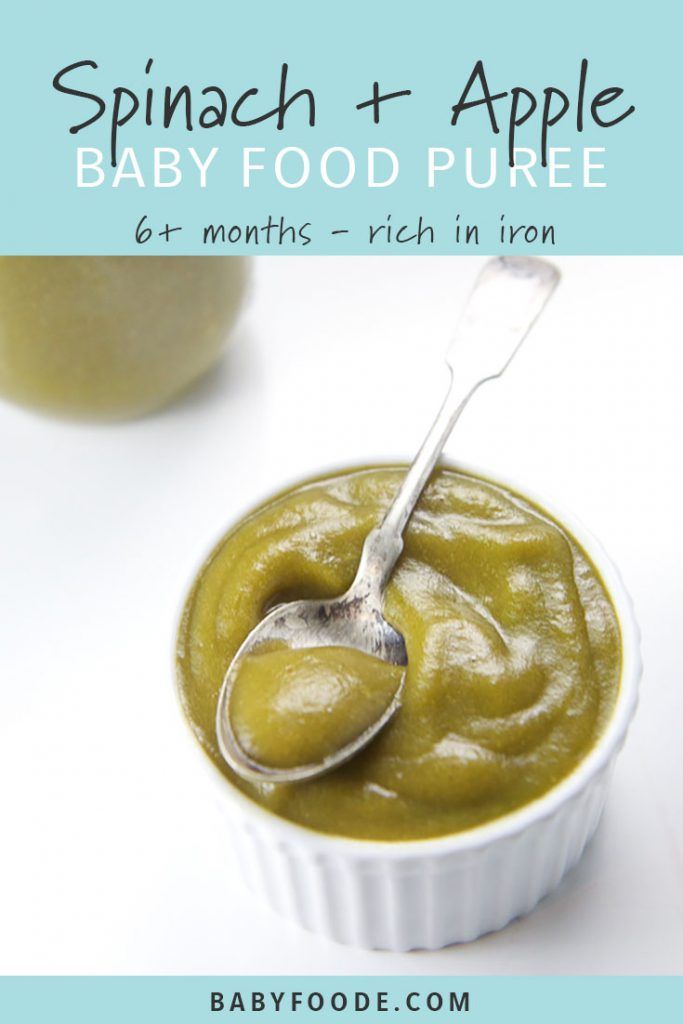 I think, like many others, I will combine these approaches.
I think, like many others, I will combine these approaches.
It is normal if the child does not digest this new food at first and it comes out in its original form. It is not normal if the child begins to sprinkle or there is a serious indigestion, gas formation, the child experiences discomfort. It is necessary to understand that the child's gastrointestinal tract is not yet formed and it is in our power to kill his kidneys, liver, pancreas or stomach with products for which he is not ready. By the way, it is also worth familiarizing yourself with the norms for the amount of consumption, since an excess of protein for children creates a burden on the kidneys, which they have a rather limited capacity. Up to a year, the consumption rate of cottage cheese is 50 g per day, for example. Allergy is not just and not only a rash, these are very serious processes in the body that can significantly negatively affect its development.
To understand which product went well and which did not, all products are administered one at a time and the reaction is monitored.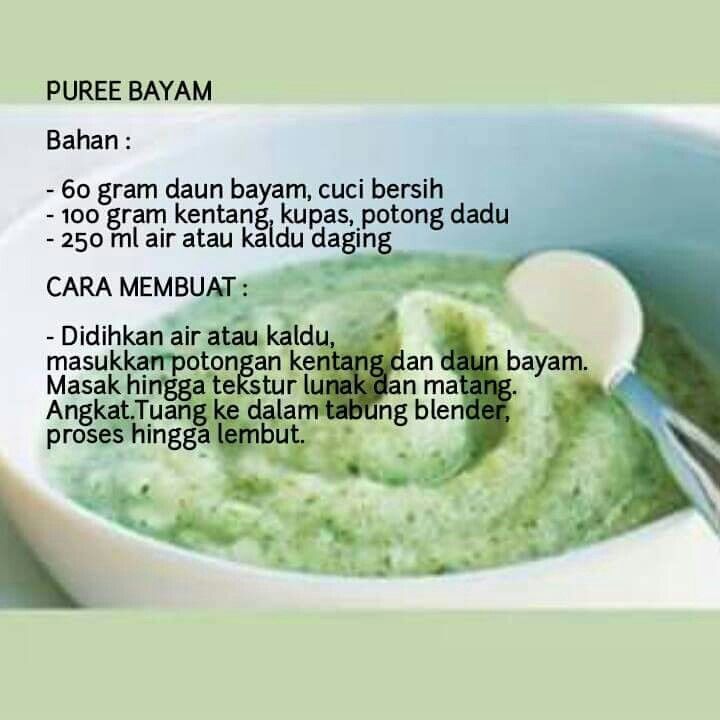 It is very good if you manage to keep a food diary, writing down what, how much and when they gave the baby.
It is very good if you manage to keep a food diary, writing down what, how much and when they gave the baby.
Which foods to introduce complementary foods with depends on the condition of the individual child. But chicken yolk and juices are a thing of the past, although some backward pediatricians (not to mention grandmothers, but this is a separate issue altogether) may recommend this from old memory.
If everything is in order with the weight (see WHO norms), complementary foods start from vegetables or fruits. There is an opinion that if fruits are the first, then the child will not eat vegetables later. In practice, as usual, there are completely different examples. If a child refuses a certain vegetable, you should not only simply offer others, but also try the same in jars from another manufacturer, just always read the composition to see if it suits you. You can add a little vegetable oil to the puree (only not sunflower and corn), especially if there is a problem of constipation. By the way, with the introduction of complementary foods, water should also be offered.
By the way, with the introduction of complementary foods, water should also be offered.
If the child is seriously underweight, cereals are given first. Personally, I am not a supporter of "baby cereals", since their composition and taste are too far from natural food. Many children do not eat regular cereals after children's and this is not normal, as for me. Therefore, I prefer to grind organic cereals in a coffee grinder. As an alternative without a coffee grinder, beat the already cooked liquid porridge with a blender. Priority for gluten-free cereals - buckwheat, rice, millet, corn, quinoa. It is believed that rice strengthens and should not be given to children who already have a problem. I personally perceive corn as a fodder crop and consider it only to diversify the diet. After that, gluten cereals are also connected, carefully watching for signs of celiac disease. It is important to know that they usually appear 4-8 weeks after the introduction of a gluten-containing food.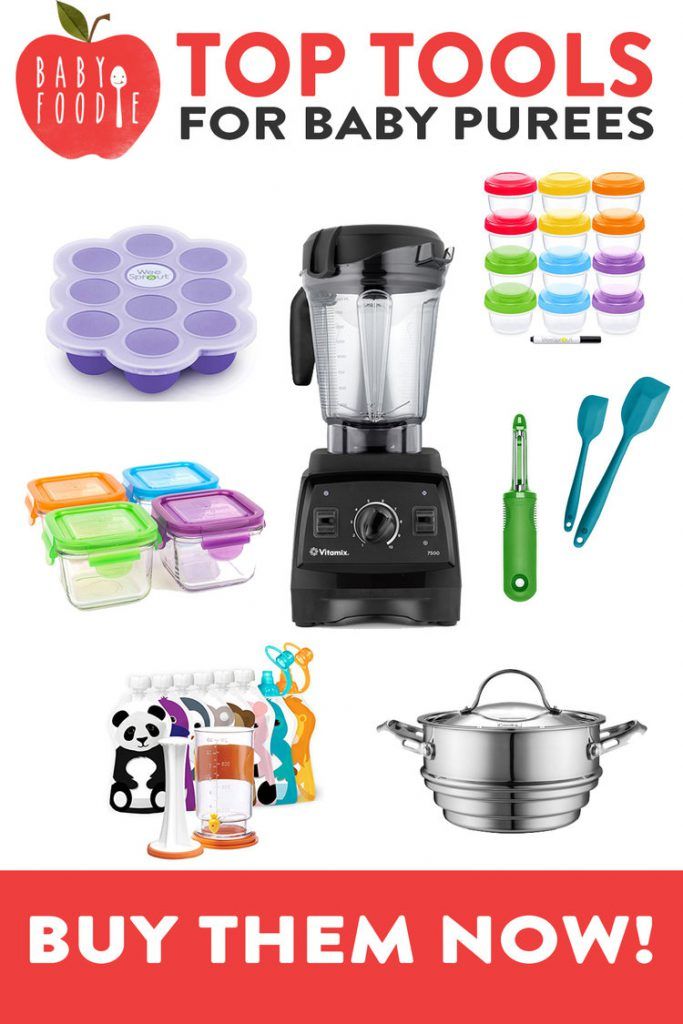 It includes barley, oatmeal, as well as wheat and rye. Semolina is the most easily digestible and purified of all useful types of wheat groats, so the expediency of its introduction into the menu of healthy children is extremely doubtful. Cooking cereals in water, milk or adding to a ready-made adapted mixture (it’s definitely impossible to cook on them) remains at the discretion of the parents.
It includes barley, oatmeal, as well as wheat and rye. Semolina is the most easily digestible and purified of all useful types of wheat groats, so the expediency of its introduction into the menu of healthy children is extremely doubtful. Cooking cereals in water, milk or adding to a ready-made adapted mixture (it’s definitely impossible to cook on them) remains at the discretion of the parents.
My personal boy is not underweight, so I will start with vegetables, most likely zucchini. And I'm preparing them now in season.
The difficulty of the first complementary foods is that fiddling with tiny portions is very inconvenient. Therefore, I do this - I puree a lot at once and freeze in small silicone molds.
This is how it looks:
1. I choose very young zucchini, mine, cut off the ends and cut off the skin with a vegetable peeler (even if there are less vitamins and fiber, but also less nitrates, the main thing is not to harm).
2. I cut into small pieces (you can also use a Berner grater).
3. Blend thoroughly with a blender until smooth puree.
4. I put silicone molds on a stand (here is a steam basket from a multicooker or some kind of tray), since it is difficult to move them filled with puree otherwise. I use different forms - for madeleines, I have the smallest ones, for small cupcakes (pictured) and for ordinary cupcakes already for full portions. On iHerb, by the way, there is a special silicone mold for children's portions.
I always buy only trusted manufacturers, since at least mold paints can contain toxic substances if it is a Chinese noun. If the forms are turned inside out and they turn white at the folds, this is a sign of poor quality.
5. I spread the puree with a spoon and immediately put it in the freezer. If you have a "quick freeze" function, be sure to turn it on.
6. After a few hours, when it is completely frozen, I transfer it to special bags.
To puree this frozen convenience food, put it in any heat-resistant bowl and put it in a double boiler for five minutes.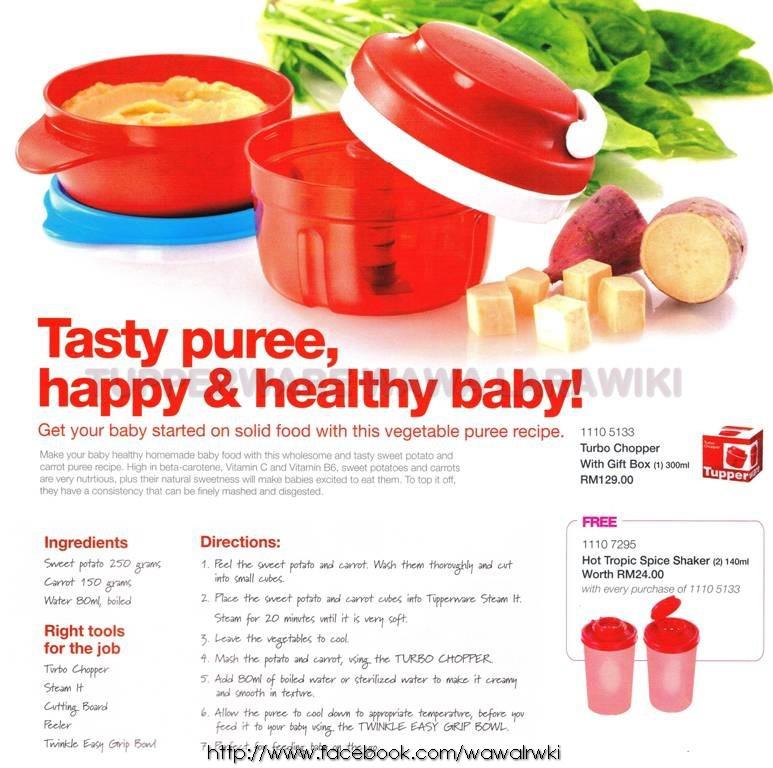 It will defrost and cook at the same time.
It will defrost and cook at the same time.
By the way, I freeze all berry-fruit and even tomato puree in the same way, so as not to suffer with thorough drying and freezing in one layer and not get just a solid lump.
Pumpkin puree is convenient to prepare in the same way, although you need to be careful with it - there may be an allergy. But raw colored / broccoli cannot be pureed. I have to boil it first, and I don’t really like it anymore, so I see the point in cooking it quite a bit only for the very first micro portions, and just freeze the rest with raw inflorescences, as usual.
By the way, to puree the minimum amount of vegetables, you need to take the narrowest glass into which the blender leg fits and add a little water / broth.
So we are ready for feeding, I even managed to order Munchkin silicone spoons, which are considered the most convenient for the first feeding, but for now we use instead of a rodent. Although, of course, they are not competitors to the Pigeon flower in this capacity.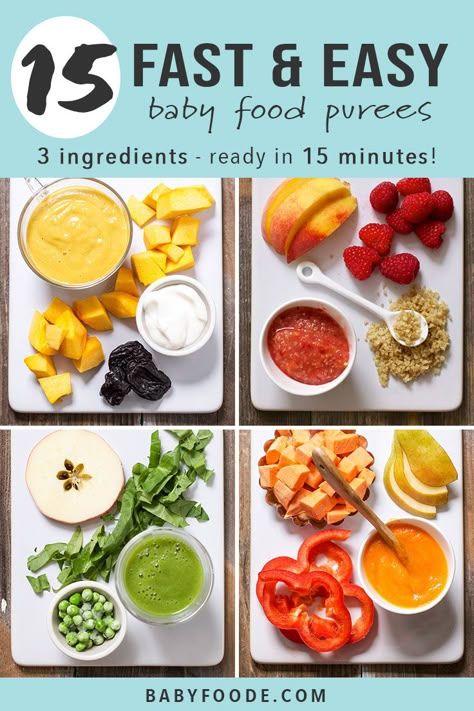
I hope this post will be useful to someone!
What you need to know about baby food from a jar
Baby purees under different brands also differ in consistency. For example, it is convenient to scoop meat and fish meats with a spoon, but some even at room temperature remain monolithic, as if fastened with starch. Fruit, berry, vegetable, with meat, cereals, cream - under each brand there are dozens of items. In a previous publication, we talked in detail about 5 reasons for the popularity of baby puree in jars, and today we will consider the likely harm that such food can cause to a child's body.
Nutritionists, pediatricians and parents disagree on this issue. There are three strong arguments against portioned canned food.
Taste different from homemade food.
Difficulty in weaning a child from a homogeneous consistency.
Unpredictable quality.
How does baby food taste in jars?
Even if a characteristic pop is heard when opening the container, parents are still obliged to taste the food they offer their child.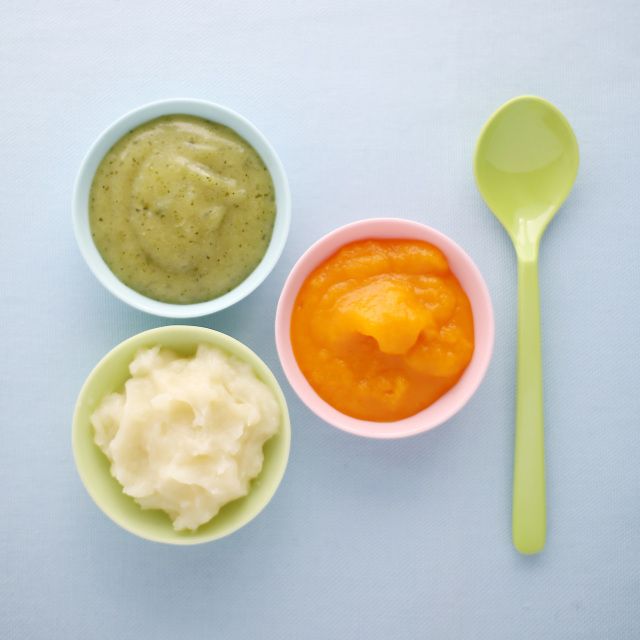 Many are surprised at how strange the content is. It is clear that most purees do not contain salt, sugar, flavoring additives. But they often turn out to be not just bland, but unnatural, too different from those that mothers cook on their own.
Many are surprised at how strange the content is. It is clear that most purees do not contain salt, sugar, flavoring additives. But they often turn out to be not just bland, but unnatural, too different from those that mothers cook on their own.
The reason for this is the merciless grinding and intense heat treatment that precedes vacuum packaging. However, it is very difficult to transfer a child from such refined food to a common family table. What will be the taste specificity of food in the first months of complementary foods will determine future preferences and the ability to organize healthy baby food at school age.
The child is too lazy to chew
Baby purees under different brands also differ in consistency. For example, it is convenient to scoop up meat and fish with a spoon, but some even at room temperature remain monolithic, as if fastened with starch. It is not easy to mix such a substance with potatoes or green vegetables. You just have to cut it into pieces with a spoon.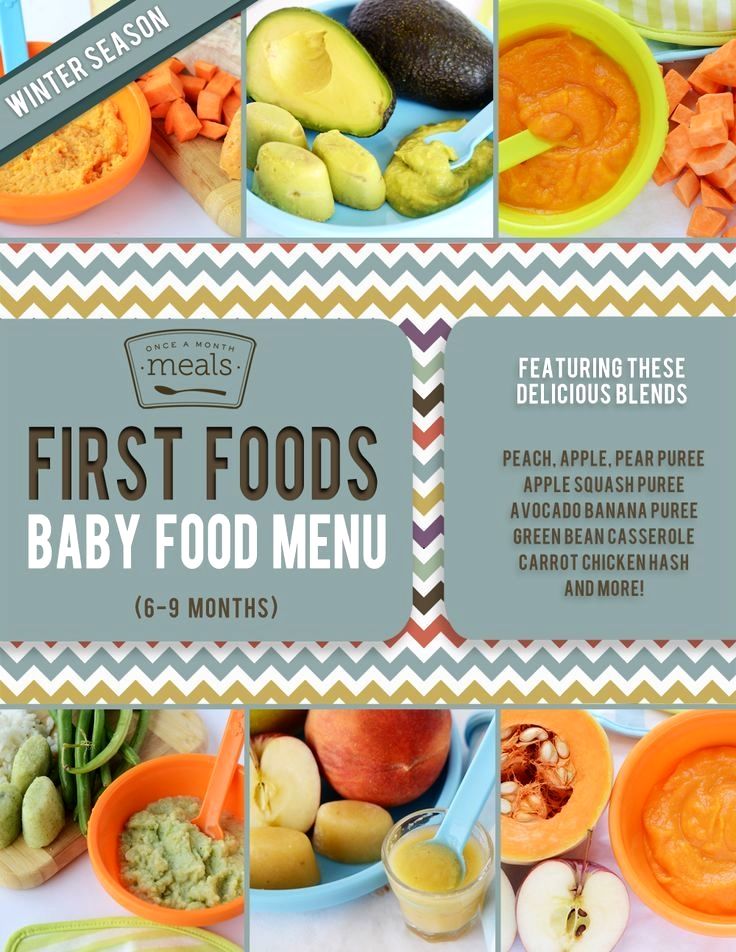 But in any case, the food in jars is crushed as much as possible and is a homogeneous mass.
But in any case, the food in jars is crushed as much as possible and is a homogeneous mass.
This is good for feeding a baby up to a year old. But later, when enough teeth have erupted, the food should become coarser. Reasonable exercise is very important for the health of the gums and teeth. Ready-made vegetable puree in jars is easier for everyone: parents save time on cooking, and children save energy on chewing. As a result, it turns out that upon reaching the age of two, some kids refuse salads, normal soups, vegetable stews. They still demand to puree dishes, recognizing only the usual consistency.
Adults have many problems. There is not enough time and energy for endless persuasion, you won’t leave your beloved child hungry either, no tricks (decorating dishes, disguise) help. Whims at the table are dangerous. Even if the baby gives in under parental pressure, he has a great chance of choking, swallowing tears along with food.
Another difficulty is that a "homogeneous" diet will be limited.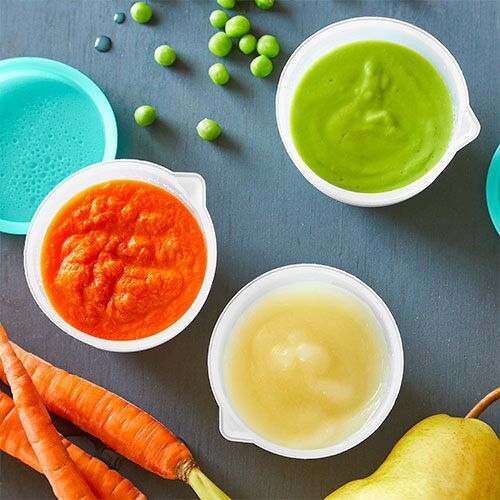 If you pass buckwheat with meat or baked potatoes with chicken through a blender, at the output we get a very viscous, thick mass - completely unappetizing. The habit of normal food sometimes comes only with admission to kindergarten.
If you pass buckwheat with meat or baked potatoes with chicken through a blender, at the output we get a very viscous, thick mass - completely unappetizing. The habit of normal food sometimes comes only with admission to kindergarten.
You can switch from canned puree to homemade puree from 8-9 months. At first, mix, say, a “canned” zucchini with boiled, grated on a fine grater. Then increase your portion by decreasing the canned portion. This will take about a week. Then, according to the same principle, we grind part of the product on a medium-sized grater, closer to a year - on a large one, or simply knead it with a fork.
Do canned children pass high quality control?
They say that buckwheat is the only crop that has not yet been disfigured by genetic modification. Vegetables abound in various additives for rapid growth and disease resistance, and livestock that will become meat are laced with antibiotics and hormones.
It can be assumed that huge fields or modern farms are set aside especially for our babies, where they grow ingredients for safe baby food.